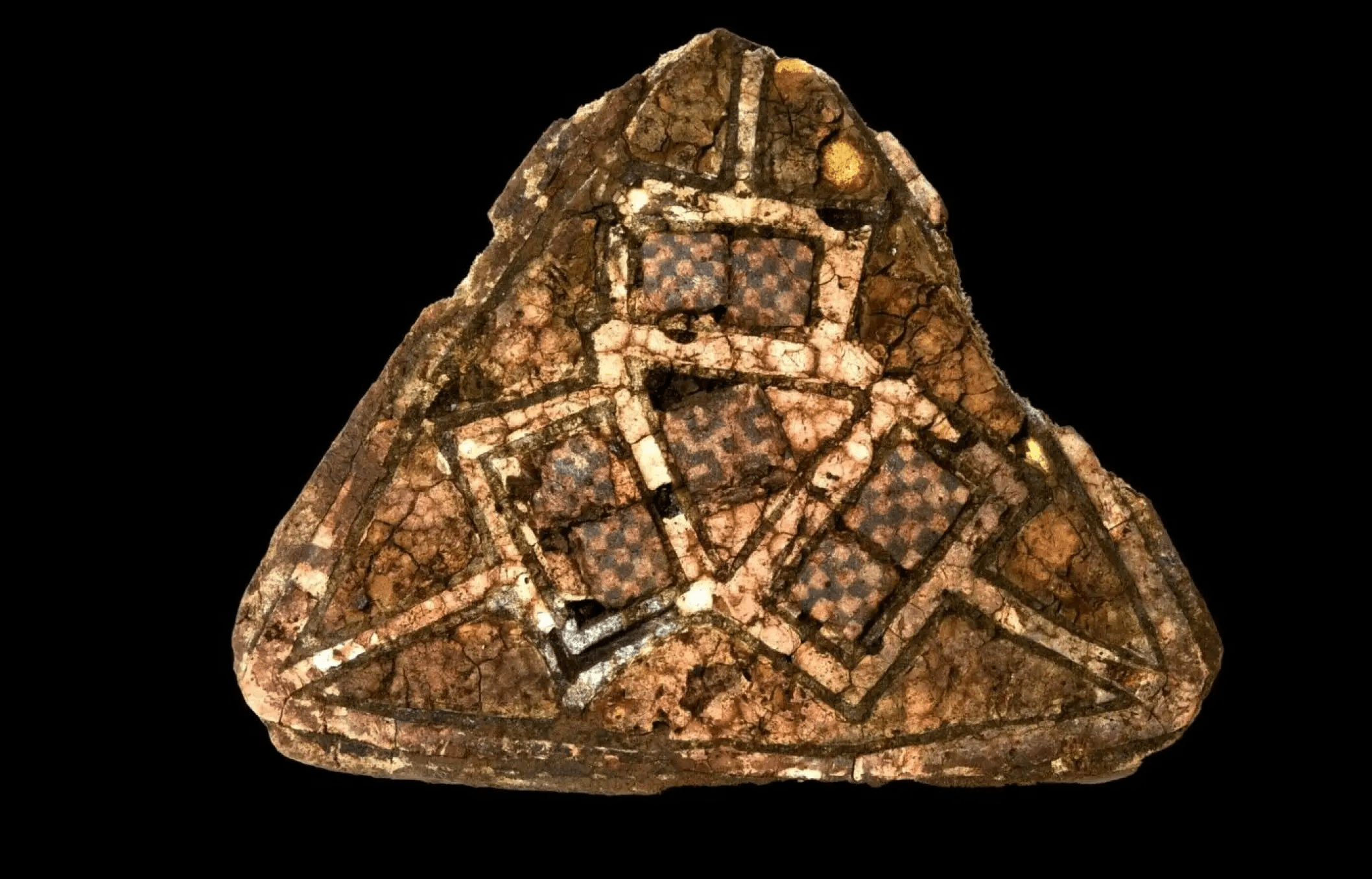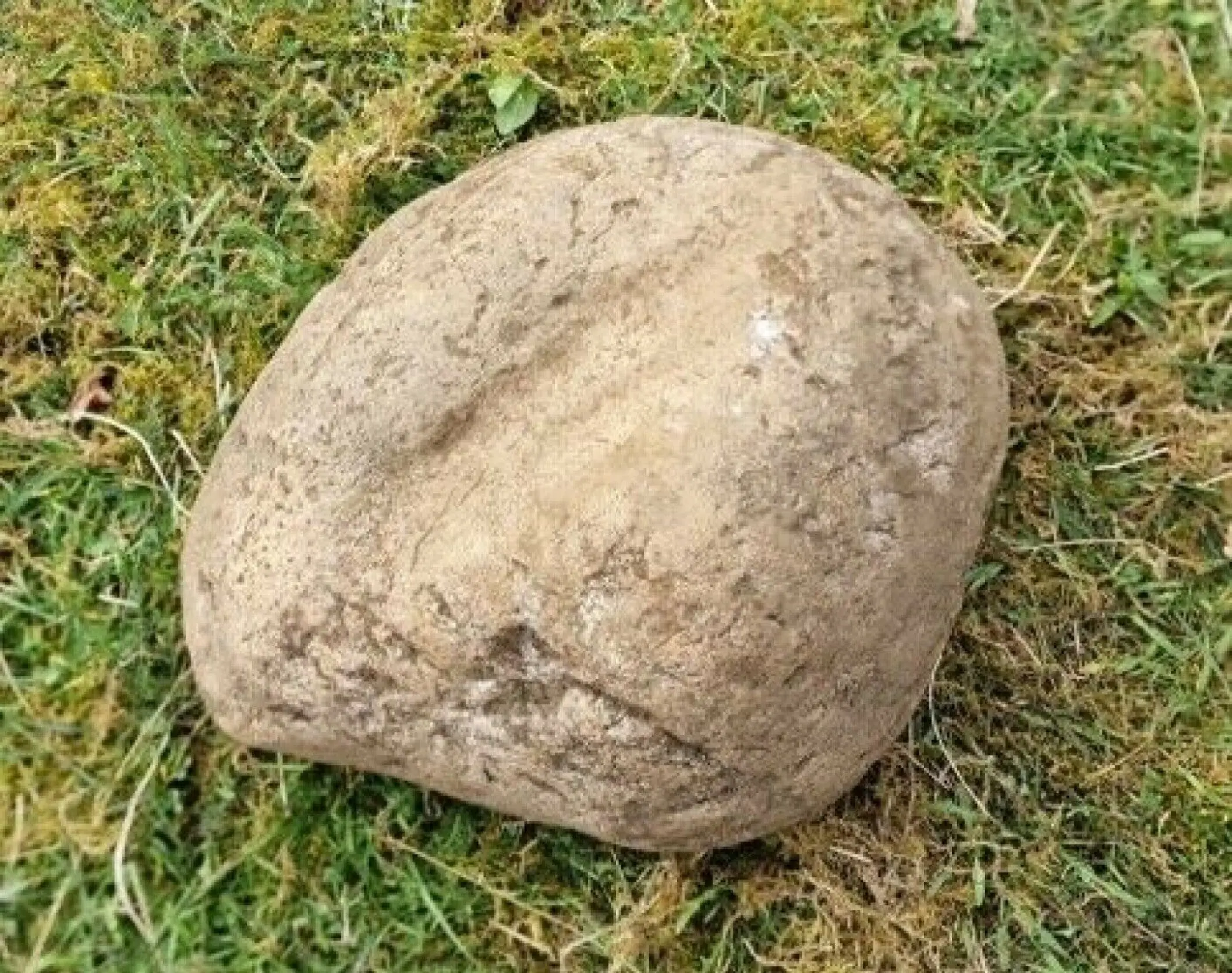Archaeologists have confirmed that an ancient grave site unearthed recently in western Norway contains the remains of wealthy Viking women buried alongside jewellery, silver coins, and other unusual artefacts.
According to researchers, the findings provide further evidence supporting recent studies highlighting the Vikings’ vast trade network.
Excavations at the archaeological site of Skumsnes in the Norwegian town of Fitjar uncovered over a dozen human remains dating back to the Viking era, around 9th century AD.
Researchers identified that at least three of these remains belonged to women, accompanied by what they described as a “small treasure trove” of jewellery, including glass beads, silver coins, and a so-called “vulva stone”.
They also found a triangular brooch with glass mosaic and gold enamel – suspected to be an artefact originally from Ireland or England – as well as tools for textile production, including a weaving sword and a spindle whorl within the burials.
There is a growing body of research hinting at the cosmopolitan nature of Viking Age trade, including recent studies revealing extensive trade between the Vikings and the Middle East.
A study, published in October, showed that the Vikings were “extremely well-travelled” with a “global” ivory trade network spanning at least three continents.
Another set of bangles deemed “spectacular silver treasure” by researchers was discovered in August in Denmark’s Aarhus, suggesting that the site was an international trade hub in the Viking Age with links to Russia, Ukraine and the British Isles.

When the Crusades disrupted the elephant ivory trade in the Middle East, Vikings instead harvested ivory from walruses and sold it to the region, recent studies reveal.
Now, the latest discoveries—first reported by Science Norway—suggest that Skumsnes may have served as a lucrative port for travellers during the Viking Age.

All the graves uncovered in the latest excavation were lavishly decorated, suggesting they belonged to high-status individuals, archaeologist Soren Diinhoff from the University Museum of Bergen told local news.
Although no skeletal remains of the women were found at the site, the artefacts suggest the women may have come from abroad and married into the Skumsnes community, or perhaps had ties to continental Europe, researchers say.
One of the women’s graves featured stones carefully arranged in the shape of a long Viking boat, likely as a ritual to aid her journey to the afterlife, they added.
Researchers also uncovered what they describe as a “vulva stone”, shaped to resemble a woman’s genitalia, placed where the mast of the stone ship would have been.
Archaeologists theorise that the vulva stone may have served as a marker to indicate the grave belonged to a woman, whose body was likely not buried in the tomb but elsewhere.
This theory could explain why none of the women’s bones were found at the burial site, researchers suggest.
The findings, archaeologists say, underscore the significant roles Viking women played in production, trade, and leadership within their communities.







